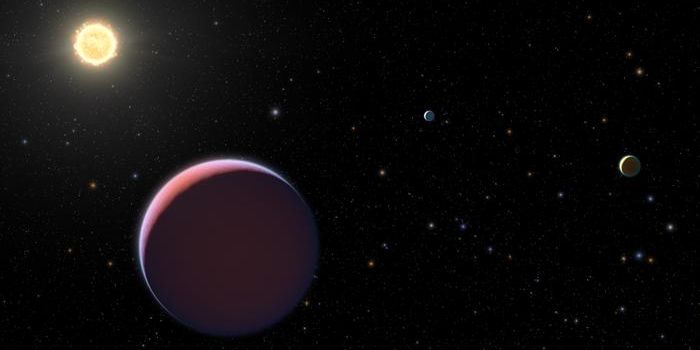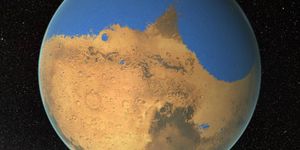Rare Earth Elements Created in Neutron Star Mergers
In a recent paper published in The Astrophysical Journal, astronomers present the first ever detection of rare Earth elements produced in a neutron star merger.
When two neutron stars (collapsed cores of massive stars) spiral inwards and merge, they produce a very large explosion called a kilonova. This is a very transient astronomical event that can occur in a binary system of any two compact objects (e.g., two neutron stars or a neutron star and a black hole pair). When these compact objects collide or merge, the explosion produces a lot of energy and extreme temperatures. In these conditions, fusion can occur, which opens up a pathway for the production of large amounts of heavy elements.
The first confirmed example of this type of event was observed in 2017, and named GW 170817. Ever since, the identification of the specific elements created in the merger has confounded astronomers (except for the identification of strontium in the optical part of the spectrum).
A group of astronomers has systematically studied the spectrum from this kilonova since 2017. In the spectrum, bright emission features are present, caused by the radioactive decay of newly created nuclei during the explosion. These newly created nuclei are then ejected after the merger. The astronomers compared the observed spectrum of the kilonova to detailed simulated spectra. Through this comparison, the astronomers found that the rare Earth elements lanthanum and cerium can reproduce certain spectral features observed in the near-infrared part of the spectrum.
The existence of rare Earth elements in the spectrum of this kilonova has only been hypothesized until now. This is the first direct identification of rare elements being created in neutron star mergers. This identification is paramount in helping astronomers understand the origin of elements in the Universe.









